18792456795
Email: mh_elec@126.com or jacky@mh-elec.com
Low-light night vision devices are actually also called infrared low-light night vision devices. Now the night vision devices on the market are precisely infrared low-light night vision devices. The specific meaning is that in low light conditions (that is, ordinary night outdoors), night vision can be achieved without infrared lamps as auxiliary light sources; in complete darkness (such as underground), infrared emission lamps are required as auxiliary light sources.
Night vision devices are divided into the following types by their appearance:
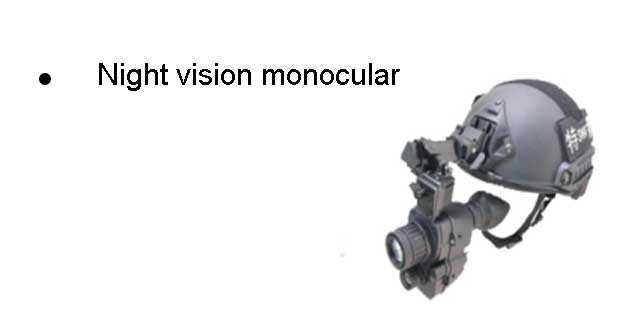
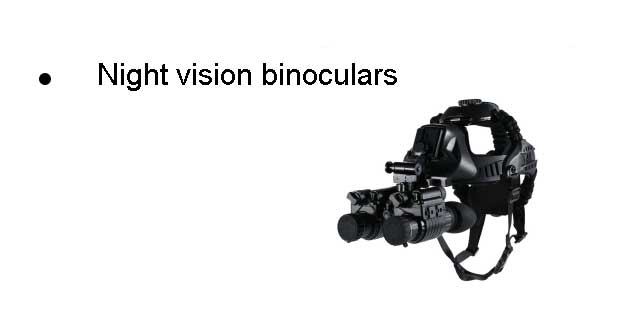
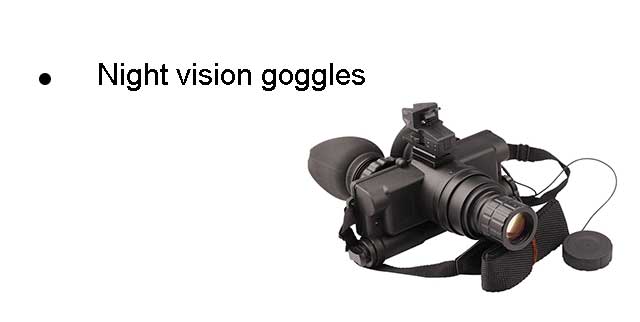
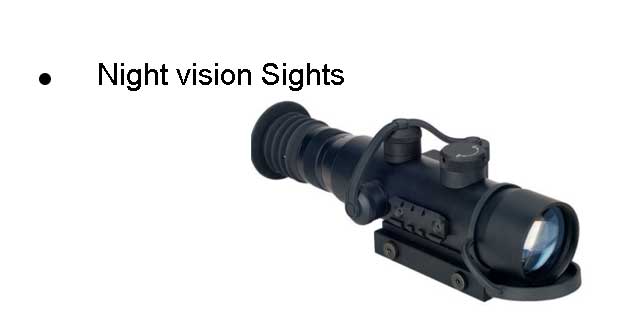
· Classification of low-light night vision devices
The low-light night vision device actually enhances and amplifies the tiny light source signal to make it visible. Therefore, the low-light night vision device has a very critical internal device, which is the image intensifier tube. The quality of the image intensifier tube directly determines the effect of the night vision device. The night vision device is generally divided into the first generation (Gen 1), the first generation + (Gen 1+), the second generation (Gen 2), the second generation + (Gen 2+), the third generation (Gen 3)and so on. Theoretically, the higher the algebra, the better the night vision.The status quo of low-light night vision devices
Low-light night vision device is a military night vision device using photoelectric conversion technology. It is divided into active type and passive type: the former uses an infrared searchlight to illuminate the target and receives reflected infrared radiation to form an image; the latter does not emit infrared rays and relies on the infrared radiation of the target itself to form a "thermal image", so it is also called "thermal image". instrument". The low-light night vision devices currently on the market are all active. Therefore, the following introductions in this article are all about active low-light night vision devices.
No.1 Main parameters of low-light night vision device
1. Observation distance
This is the most important indicator of night vision goggles, and it is also an indicator that everyone cares about. However, for this indicator, many products do not give an accurate value, and even if some products are marked with this value, the error with the actual value is very large.
The observation distance of the night vision device is the same as the fuel consumption of the car, and the impact on the environment is very large. Many of the data given by the manufacturer are theoretical values. The observation distance of the night vision device is seriously affected by the degree of darkness and the quality of the weather (such as fog, rain, etc.). At the same time, the sensing distance of the night vision device is divided into low-light observation distance and full-black observation distance. The total black observation distance requires the cooperation of the auxiliary light source of the infrared transmitter, so it will be affected by the distance of the infrared transmitter.
The observation distance of the night vision device is mainly affected by the algebra of the intensifier tube of the night vision device.
A low-light observation distance
The low-light observation distance is generally based on 1/4 of the full moon and the weather is clear. The low-light observation distance of the night vision device is generally 50-400 meters. If the weather is darker or the environment is harsh, the low-light observation will be closer.
At present, even a night vision device with a value of more than tens of thousands of yuan on the market cannot observe the distance of more than 400 meters in low light.
B Total black observation distance
The total black observation distance is not only affected by the quality of the image intensifier tube of the night vision device, but also seriously affected by the distance of the infrared emission lamp. At present, the distance of infrared emission lamps equipped with night vision devices is generally about 50 meters. So in theory, no matter how expensive the night vision device is, it can see up to 50 meters away in complete darkness.
In our actual use, there are very few cases of complete black. For night vision devices of the second generation and above, it is basically not completely black when used outdoors. For the first generation of night vision devices, as mentioned earlier, a little bit darker means it's completely dark.
In fact, the quality of night vision devices mainly depends on the observation distance in low light conditions, so night vision devices are often called low-light night vision devices. If you need a longer full-black observation distance, you can use a longer infrared transmitter to achieve it. If the observation distance of night vision is short in low light conditions, it does not make much sense to match the farther infrared light.
Xi'an MH Electronic Technology Co., Ltd. has mastered infrared thermal imaging technology and the core of low-light night vision-infrared focal plane detector, Gen 2+ and third-generation image intensifier tubes, and is committed to providing infrared thermal imaging and low-light night vision users worldwide. Provide professional uncooled and cooled infrared detectors, movement modules, low-light night vision and application solutions.
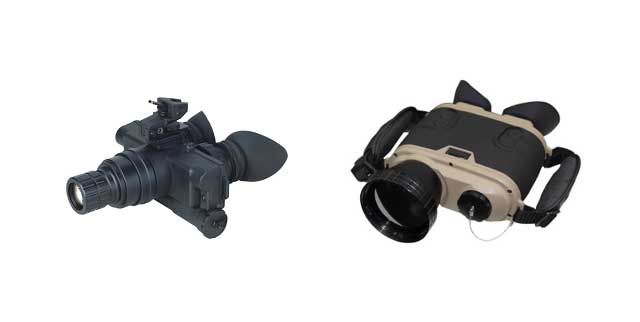
Contact Engineer manager
Engineer Manager Name: Jacky
WhatsApp/ Wechat: 0086-18792456795
Email: mh_elec@126.com or jacky@mh-elec.com
 tel
tel




